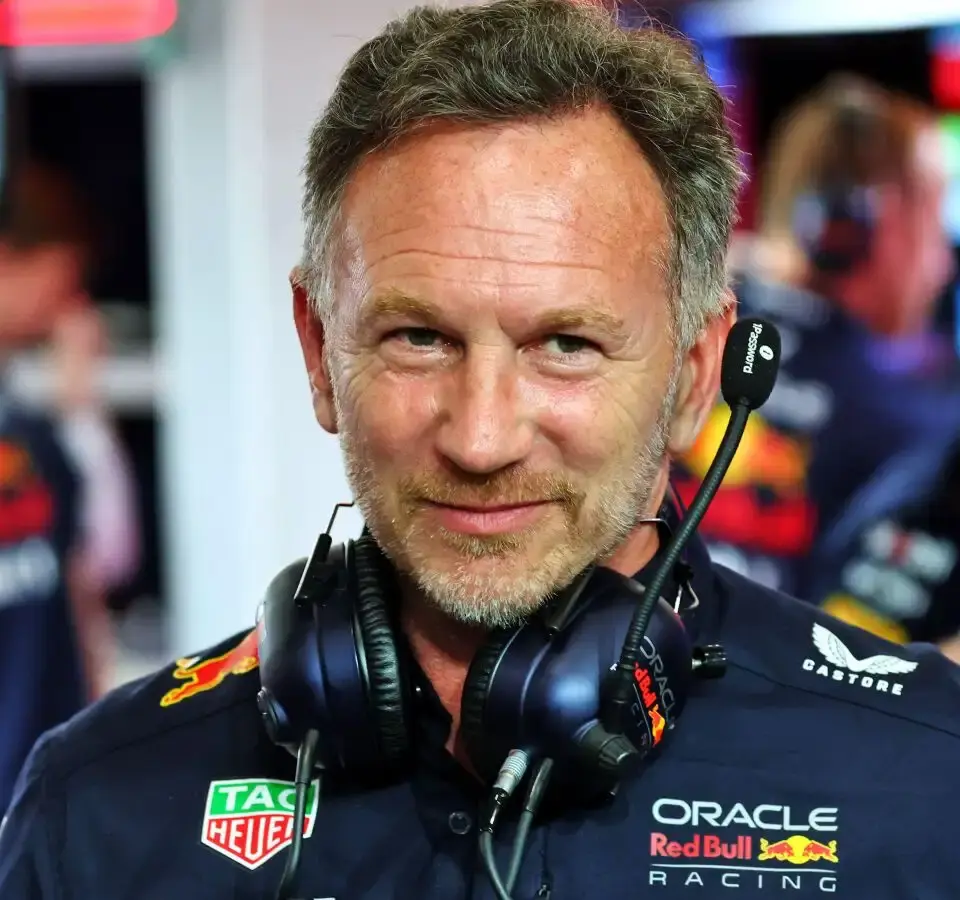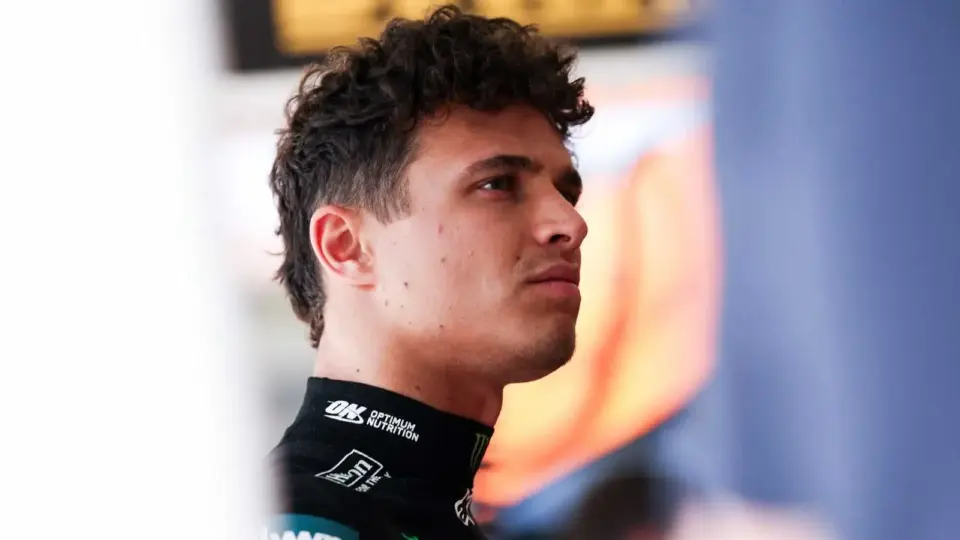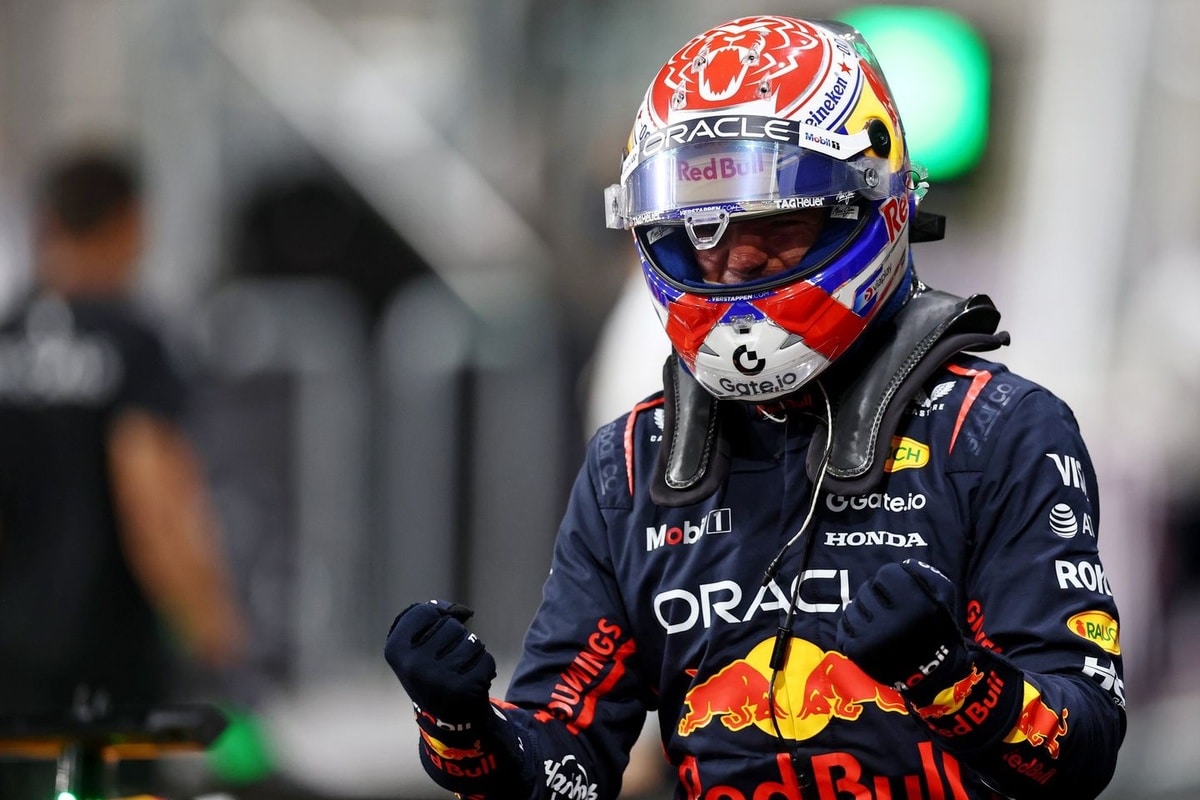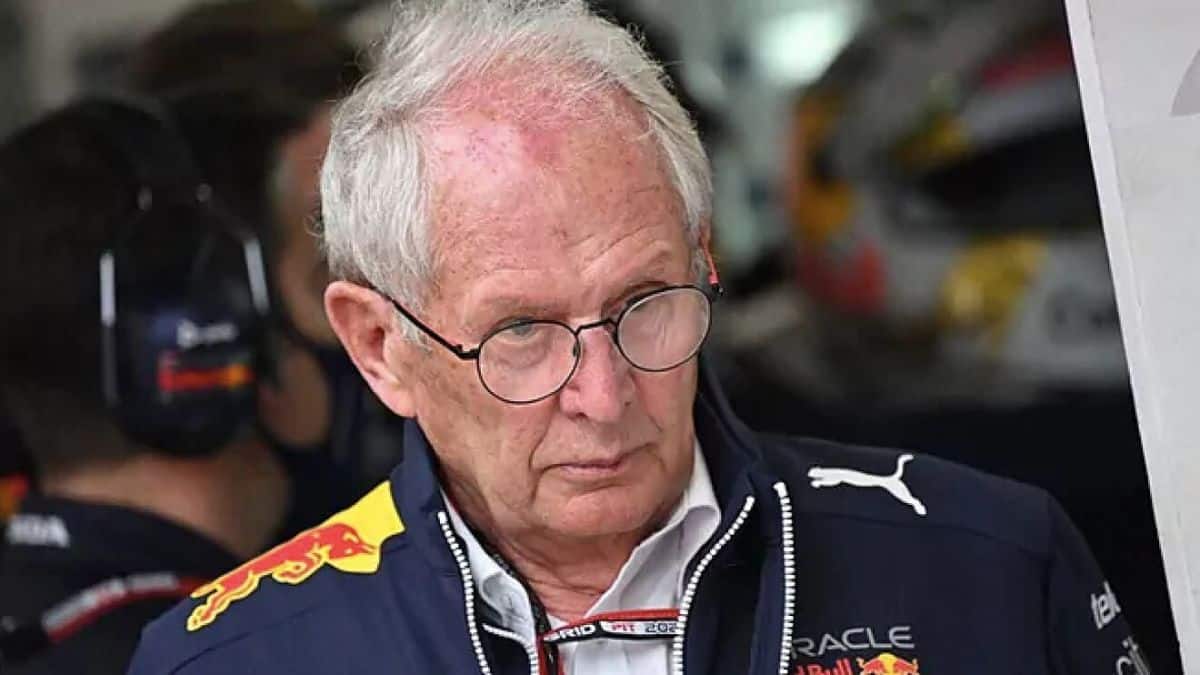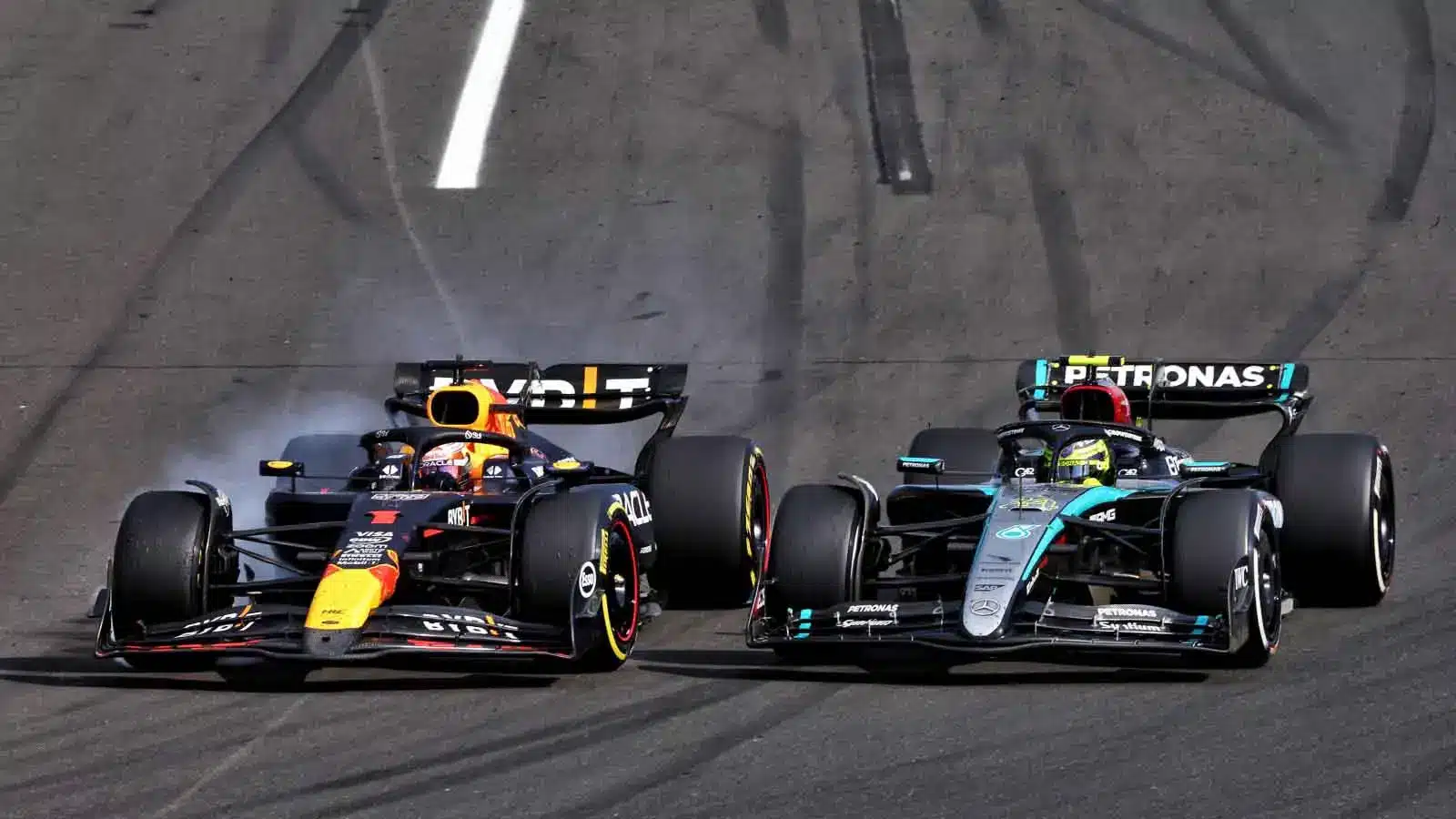Christian Horner, the team principal of Red Bull, recently opened up about the “limitations” their windtunnel imposes amidst the current F1 regulations. The conversation heated up when comparisons were made between Red Bull and their sister team VCARB’s use of the facility.
Red Bull’s reigning champion, Max Verstappen, already secured a grand prix win in 2025 at Suzuka. However, it’s McLaren that seems to have emerged with a more robust car this season, leaving Red Bull with balance issues in their RB21 model. Horner pinpointed the windtunnel as a crucial factor in these developing issues.
Horner explained that the windtunnel misguides them by not accurately replicating on-track conditions. “You end up with a mishmash between what your tools are telling you and what the track data is,” Horner shared. He stressed the importance of track data in driving solutions, especially for correcting the corner-entry phase that seems to be lacking grip and confidence for Verstappen.
As the end of the current set of regulations approaches, Horner noted that the gains they are observing are marginal, further exposing shortcomings in their existing windtunnel. Red Bull is in the process of constructing a new windtunnel, which they hope will address these issues. Horner humorously described their old windtunnel as “a relic of the Cold War” with limitations which they are striving to overcome with new infrastructure.
Despite these challenges, Horner expressed confidence in his engineering team, stating that they have bright minds working to adapt to the situation. However, he acknowledged the contrast when asked about VCARB, confirming they share the same windtunnel but attributing VCARB’s improved performance to a better car balance, particularly over single laps.
When VCARB’s perceived advantage was questioned, Horner pointed out they have not achieved pole positions. He remarked on VCARB’s competitive stance in the top 10 but noted that their cars fade during long runs, highlighting their shared use of Red Bull’s tools and parts such as the suspension and drivetrain.
In summary, Red Bull faces significant challenges with their existing windtunnel as they compete under tightly packed regulations. The differences in performance between Red Bull and VCARB highlight the impact of car balance and infrastructure on success. Christian Horner remains optimistic, relying on his team’s engineering expertise to navigate these obstacles.
